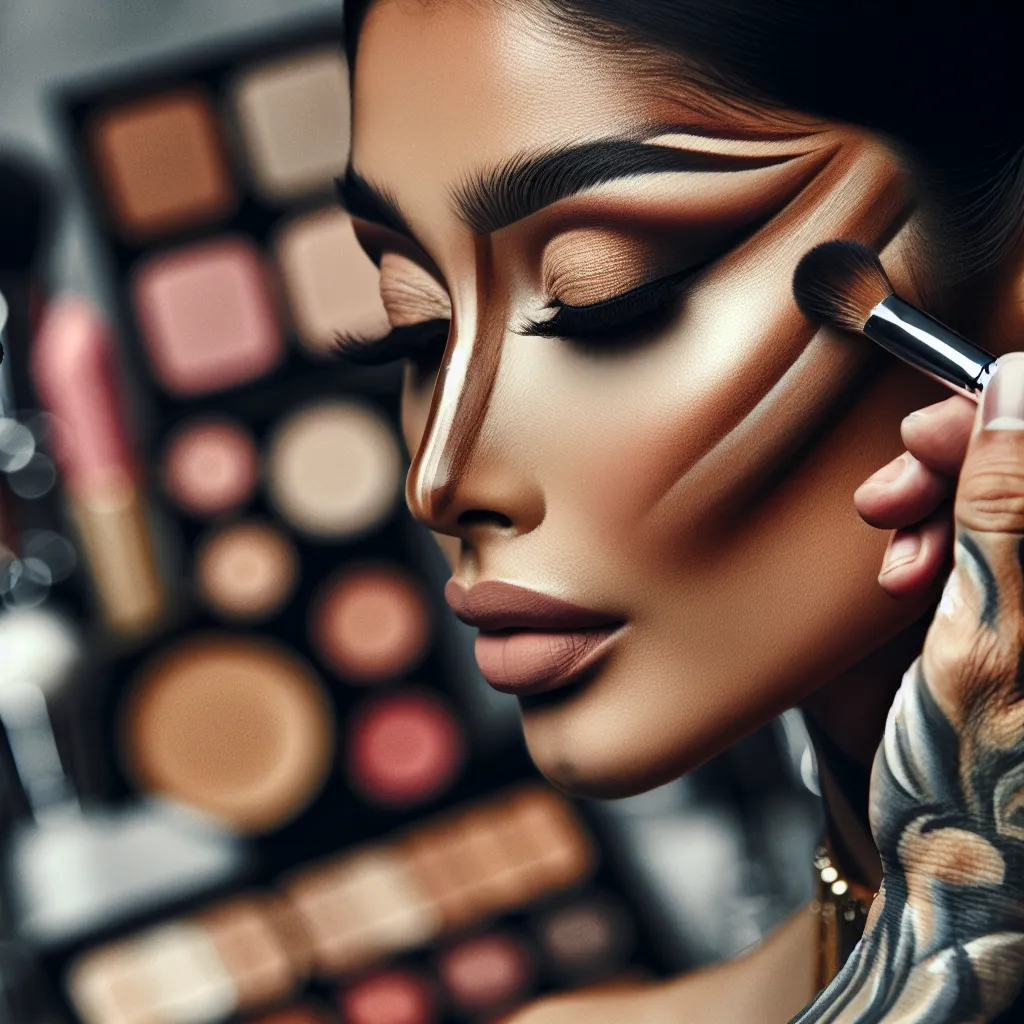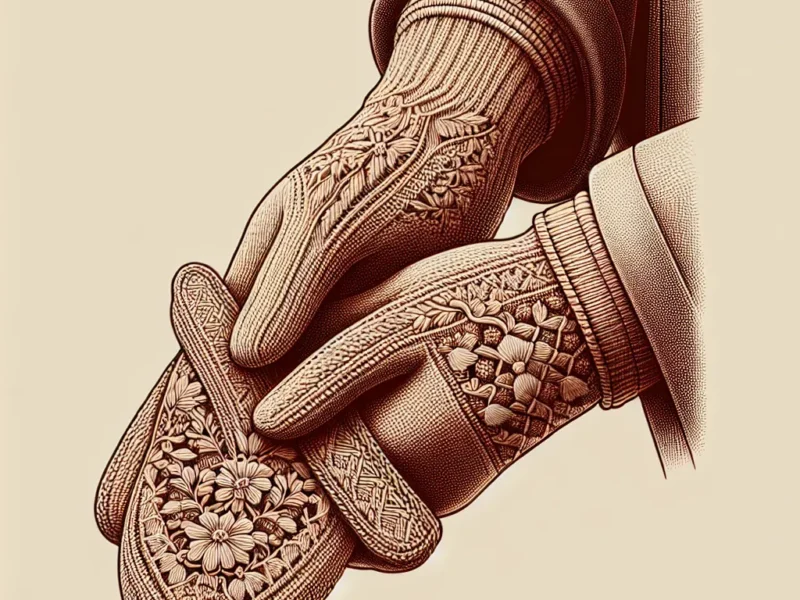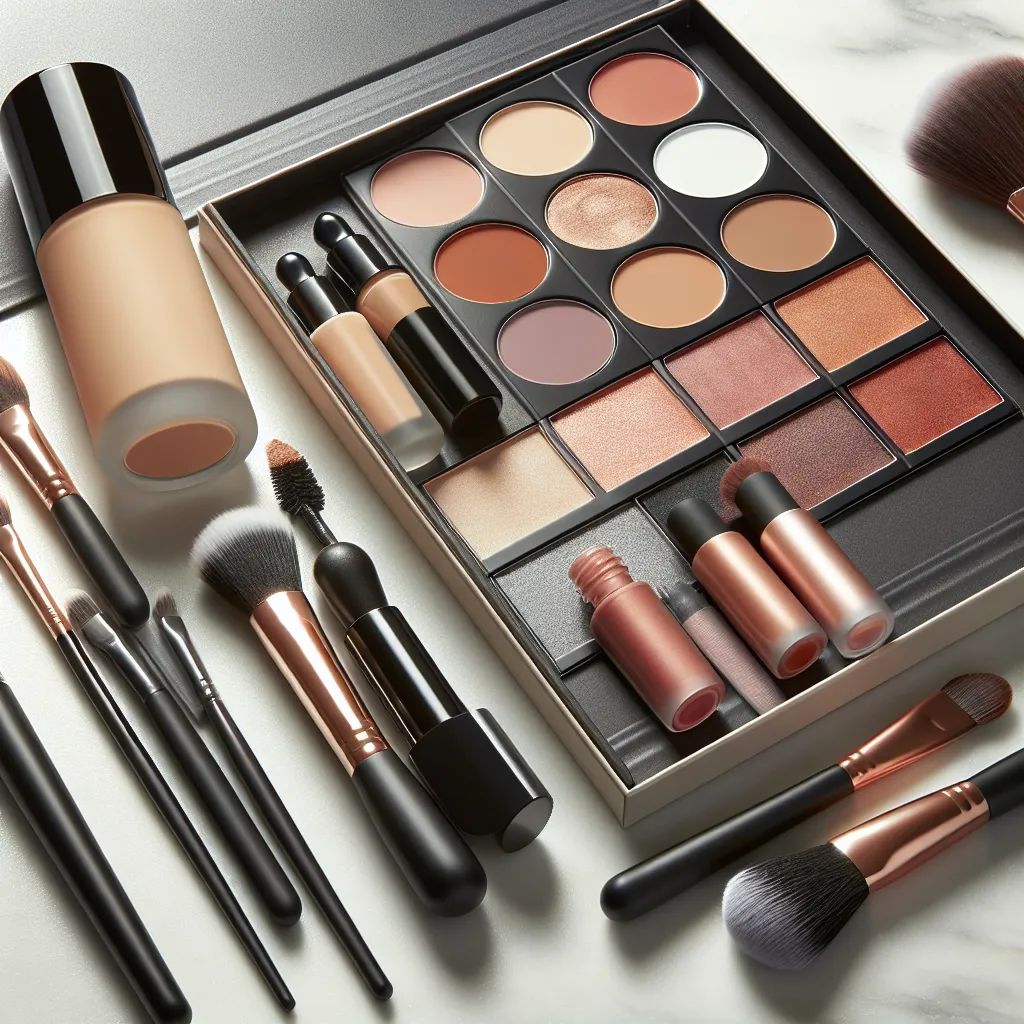Understanding the Basics of Contouring
Understanding the basics of contouring is essential for mastering the art of makeup. Contouring involves using makeup to enhance and define the natural structure of the face. The key is to create shadows and highlights to sculpt the face, creating the illusion of higher cheekbones, a slimmer nose, and a more defined jawline. To achieve this, it’s important to use a contour shade that is a few shades darker than your natural skin tone and a highlight shade that is a few shades lighter.
When selecting a contour shade, it’s crucial to consider your skin tone. For light to medium skin tones, cool taupe or light brown shades work well, while deeper skin tones may opt for warmer, chocolate-brown tones. The rule of thumb is to choose a shade that mimics the natural shadows on your face.
Understanding your face shape is also vital in contouring. For example, a heart-shaped face may require contouring along the temples and under the cheekbones to balance the width of the forehead and create definition. On the other hand, a round face may benefit from contouring along the jawline and the sides of the forehead to create the illusion of angles.
When applying contour, blend thoroughly to avoid harsh lines and streaks. Proper blending is the key to achieving a natural-looking contour that enhances your features without looking overly dramatic. Remember, practice makes perfect, so don’t be discouraged if it takes some time to master the art of contouring!
Choosing the Right Products for Contouring
When it comes to mastering the art of contouring, one of the key factors to consider is choosing the right products for contouring. The market offers a wide array of contouring products, including creams, powders, and sticks, each designed to cater to different skin types and preferences. Understanding the nuances of each product type is crucial in achieving a seamlessly contoured look.
Cream contour products are ideal for those with dry skin as they provide a hydrating base while allowing for buildable coverage. They are best applied with a damp makeup sponge for a natural blend. On the other hand, powder contour products work well for oily or combination skin types as they help absorb excess oil and provide a matte finish. Brushes with dense bristles are recommended for the application of powder contour to ensure a smooth and even distribution. For those seeking convenience and portability, contour sticks are a great option. They are easy to apply and perfect for on-the-go touch-ups.
It’s essential to consider the undertones of the contour products as well. Opt for cool-toned products for creating shadows and defining features, while warm-toned products can be used to add warmth and depth to the skin. Additionally, selecting shades that are only one or two hues darker than your natural skin tone will result in a more natural-looking contour.
Ultimately, the key to choosing the right products for contouring lies in understanding one’s skin type, mastering the application techniques, and experimenting with different product formulations to find what works best for individual preferences. By selecting the appropriate contouring products, one can enhance their natural features and achieve a flawless contoured look.
Techniques for Flawless Contouring
Contouring has become an essential skill in the world of makeup, allowing individuals to sculpt, define, and enhance their facial features. To achieve flawless contouring, mastering the right techniques is key. Here are some expert tips and tricks to elevate your contouring game.
1. Choose the Right Products: Opt for a matte contour powder or cream that is a few shades darker than your natural skin tone. For highlighting, select a shade that is a few tones lighter than your skin. Cream products are great for a natural, dewy finish, while powders are perfect for a matte look.
2. Understand Your Face Shape: Different face shapes require different contouring techniques. For example, those with a round face may want to focus on contouring the outer edges to create a more chiseled look, while individuals with a rectangular face may want to soften the angles with strategic highlighting.
3. Blend, Blend, Blend: The key to seamless contouring is blending. Use a damp makeup sponge or a soft, fluffy brush to blend the contour and highlight products into your skin for a natural, gradient effect. Harsh lines are a big no-no when it comes to flawless contouring.
4. Highlight Strategically: Focus on highlighting areas that naturally catch light, such as the tops of your cheekbones, the bridge of your nose, the cupid’s bow, and the center of your forehead. This will add dimension and brightness to your face.
5. Less is More: It’s easier to add more product than to remove excess. Start with a small amount of product and gradually build it up to achieve the desired intensity. This approach ensures a more natural and blendable contour.
By mastering these contouring techniques, you can achieve a flawless, sculpted look that enhances your natural beauty. Practice and experimentation will ultimately help you find the perfect contouring routine that suits your unique features.
Mastering Contouring for Different Face Shapes
When it comes to mastering the art of contouring, understanding how to contour for different face shapes is essential. Each face shape requires a different approach to achieve the most flattering contouring effects. Whether you have a round, square, oval, heart-shaped, or diamond-shaped face, knowing the right contouring techniques can help accentuate your features and create the illusion of balanced proportions.
For those with a round face shape, focusing on creating angles and adding definition to the cheekbones can help elongate the face. Using a contour shade slightly darker than your natural skin tone along the jawline and temples can also help create a more sculpted look.
Individuals with a square face shape may want to soften the angles of their jawline and forehead. This can be achieved by applying contour along the outer edges of the forehead and under the jawline to create a more oval-like appearance.
Those with an oval face shape can opt for subtle contouring to enhance their natural features. By lightly defining the cheekbones and jawline, individuals with an oval face shape can create a subtle, natural-looking contour that complements their face shape.
Individuals with a heart-shaped face may wish to focus on contouring the forehead and jawline while keeping the cheekbones more natural. This technique can help balance the broader forehead and narrow chin characteristic of a heart-shaped face.
For those with a diamond-shaped face, focusing on softening the angles of the forehead and jawline while enhancing the cheekbones can create a harmonious balance. Applying contour along the temples and jawline can help achieve a more balanced appearance.
Understanding the nuances of contouring for different face shapes empowers individuals to tailor their makeup techniques to enhance their unique features. By mastering the art of contouring for specific face shapes, anyone can achieve a personalized and flattering makeup look.



